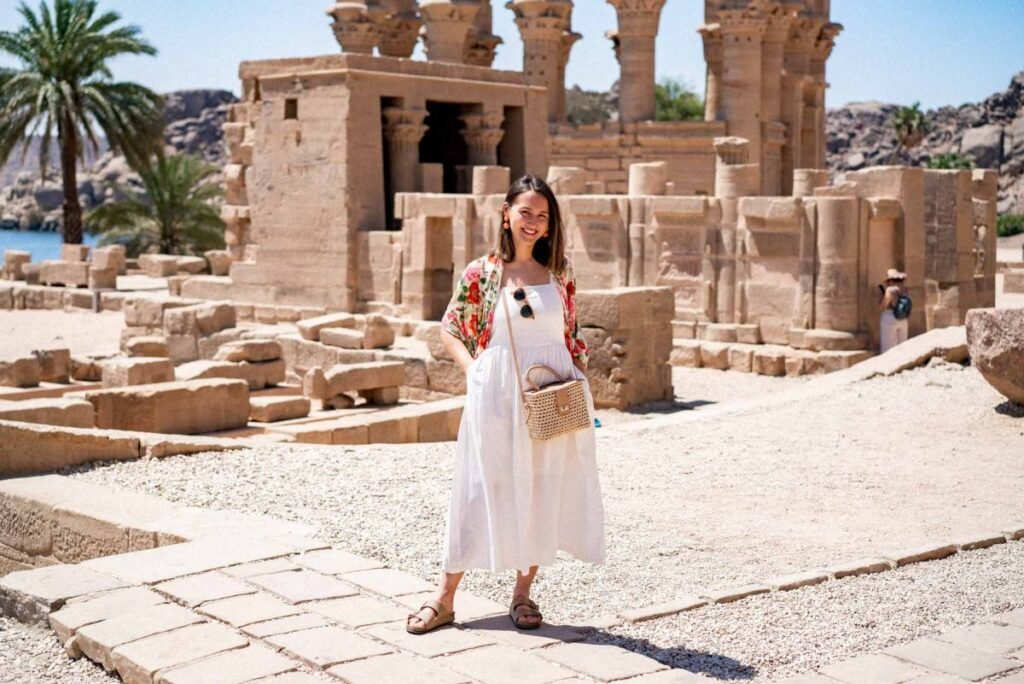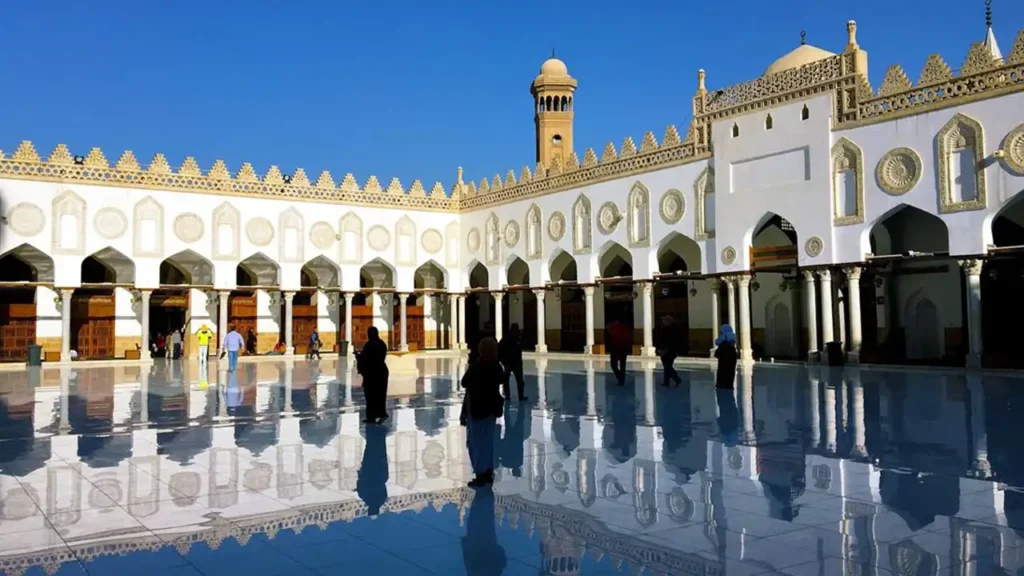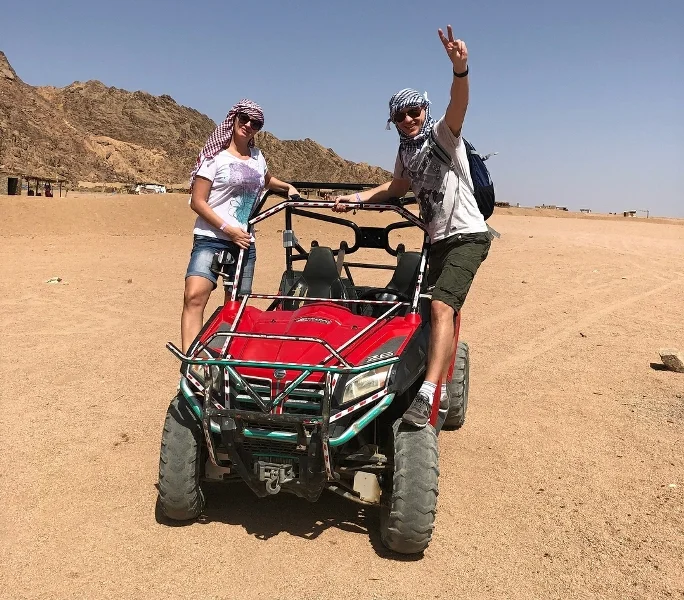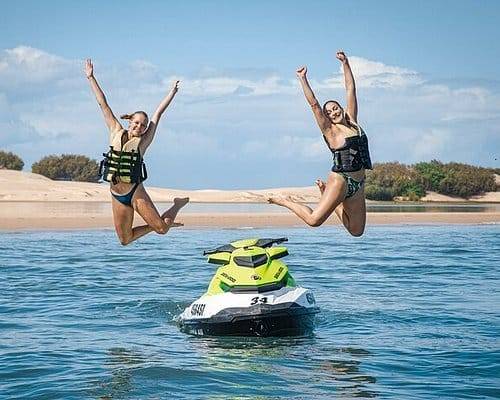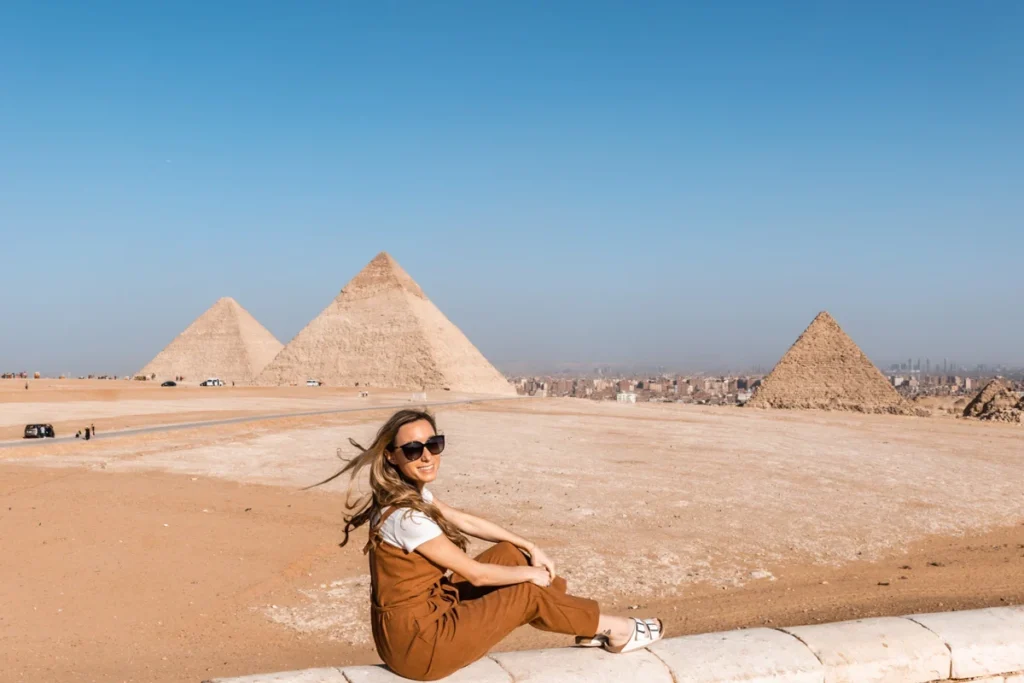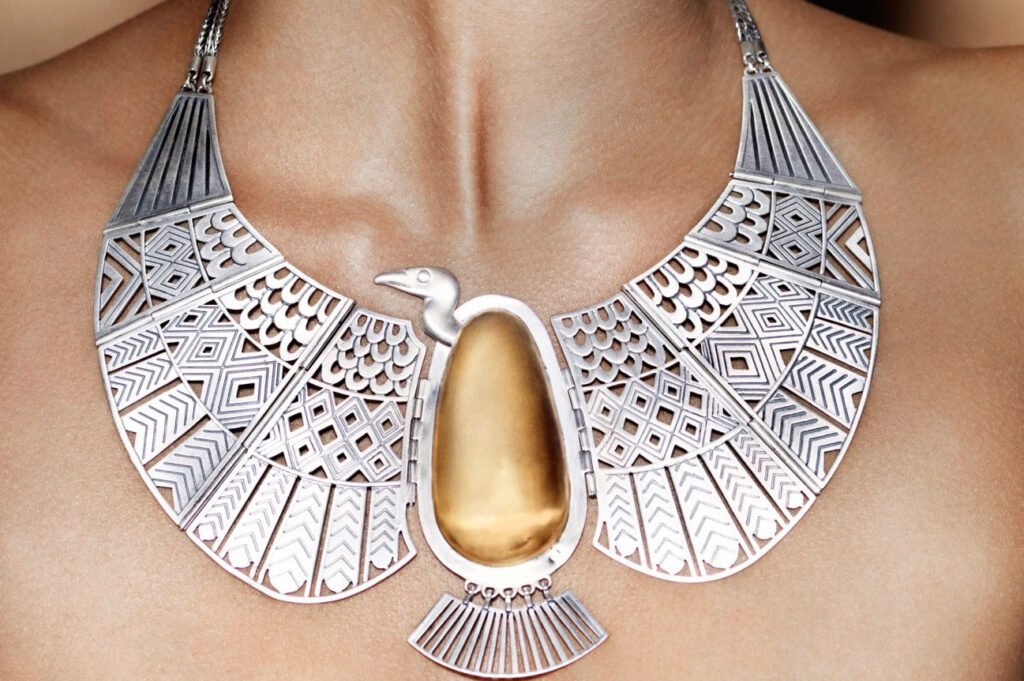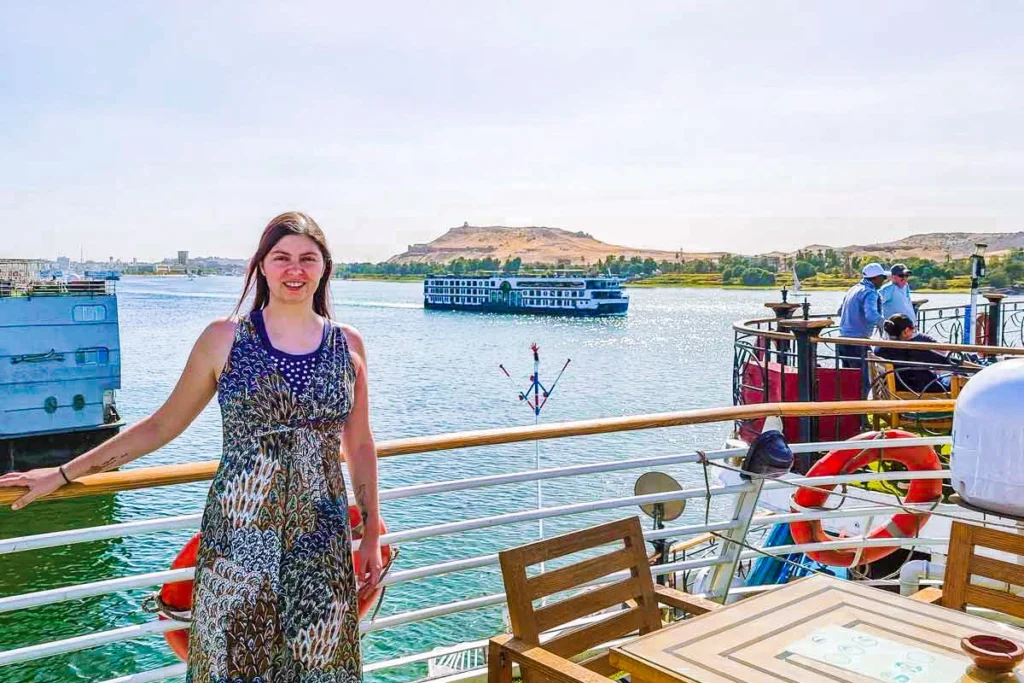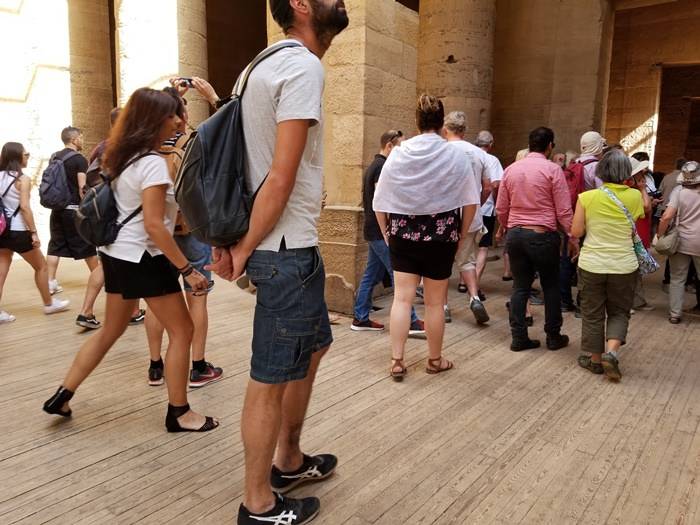Planning a trip to Egypt is more than just booking flights and creating an itinerary—it’s also about preparing to dress appropriately for a country steeped in ancient traditions and modern hospitality. From the timeless pyramids of Giza to the bustling souks of Cairo, and from the sacred mosques to the sun-soaked beaches of the Red Sea, Egypt offers a rich tapestry of experiences. But with this diversity comes a wide range of cultural expectations, climate considerations, and practical needs when it comes to clothing.
Understanding what to wear in Egypt can greatly enhance your comfort, safety, and overall travel experience. Modesty is a cornerstone of Egyptian culture, and dressing respectfully not only helps you blend in but also fosters positive interactions with locals. At the same time, Egypt’s often extreme weather—ranging from intense desert heat to cooler evenings—calls for smart, breathable, and versatile attire.
This guide breaks down exactly what you need to pack and wear for every setting, from Cairo’s cityscape to Luxor’s temples, desert safaris, mosque visits, and coastal retreats. Whether you’re navigating ancient ruins or relaxing by the sea, the right wardrobe choices can help you feel confident, culturally sensitive, and ready for adventure at every turn.
Let’s explore how to dress well, dress smart, and dress respectfully in the land of the pharaohs.



